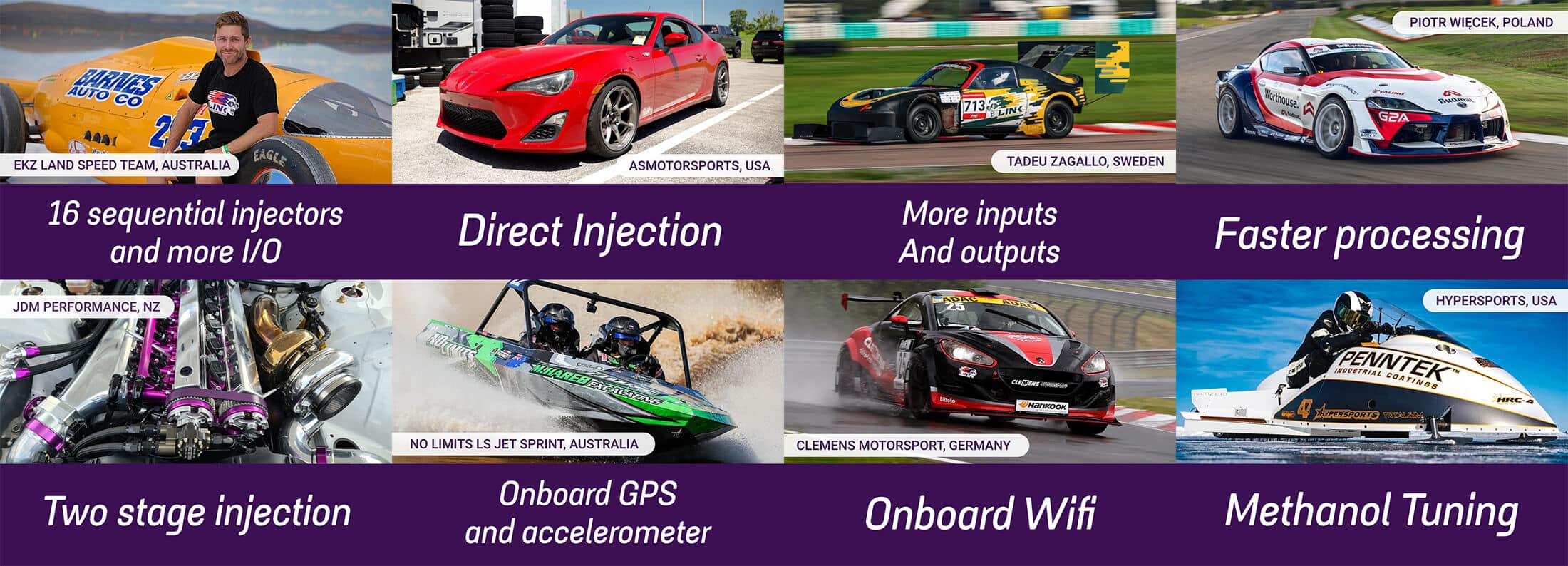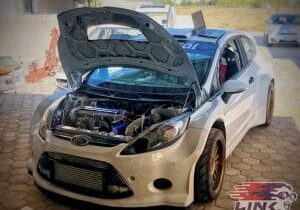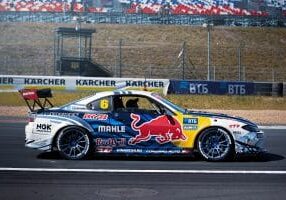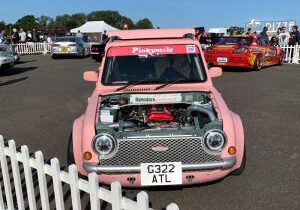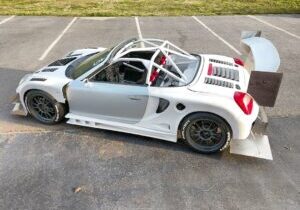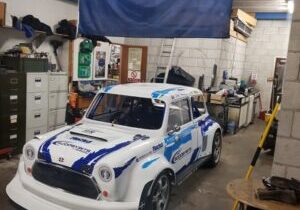Motorsport features
Motorsport features
Whether you’re chasing lap records, fine-tuning on the dyno, or battling for the podium, Link puts ultimate control in your hands.
Link ECUs are engineered for victory—combining razor-sharp performance control with uncompromising engine protection. From the split-second precision of a drag launch to the relentless demands of endurance racing, these advanced features keep your engine at peak output while safeguarding it against the limits.
With competition in mind, some of the following motorsport-specific features could be vital for you.
"My naturally aspirated 3-rotor RX7 using a link ECU and three CAN Lambdas allows for individual cylinder tuning via exhaust gas temperatures. Individual cylinder trimming means we can make as much power out of the engine as possible! The car is super reliable, fast and responsive" Andy Duffin, 3 Rotor Racing.
Most Link ECUs are capable of the following motorsport features, as long as the car set-up supports them.
Power Delivery
Fuel Management
Highly customisable traditional and VE based fuel mapping, Dual, 3D, and 4D tables with customisable axis, and customisable offset tables to account for any situation. Staged Injection, advanced injector characterisation, support for different rail pressures on a single engine, and Port/Direct Injection support on G5 Voodoo ECU’s.
Flex Fuel Capability
Blend maps seamlessly when switching fuels for consistent performance and protection with any ethanol content.
Throttle Response Tuning
Shape pedal-to-throttle behaviour (especially useful off-road or in drift) for smoother modulation on loose surfaces or razor-sharp response on circuit. Or keep it a 1:1 relationship for that familiar cable throttle feel, while still benefitting from other features ethrottle allows.
Shift, turbo and response
Boost Control
Closed or open-loop boost control with multiple 3D tables, dome control, trims by gear, IAT, coolant temp, and switch inputs. Supports advanced strategies like boost-by-gear/RPM/speed for precise torque delivery.
Throttle Response Tuning
Fine-tune electronic throttle sensitivity for sharper response in drifting or smoother delivery in difficult condition
Variable Valve Timing
Full ECU control of VVT for optimized torque and power across the rev range.
Gear-Shift Control
Support for H-pattern or sequential, electronic or pneumatic shifitng, flat shifting, auto blipping for ethrottle and much more.
Anti-Lag System (ALS)
Keep that turbo spooled with highly customisable anti-lag settings, with multiple tables, cyclic idle, conditionally activated or switch activated, and ethrottle integration.

Traction & Launch
Traction control
Allows for any given percent of slip to keep launches at peak grip, or help you in a slide. Multi table for various conditions, highly customisable torque management with trims, cuts, boost control, or ethrottle integration.
Race Timers
Able to be triggered by any variable or input, and cancelled, held or reset by any. Race timers are an incredible versatile function perfect for working with power management.
Launch control
Single Launch RPM (2-step), 3D Latch RPM table, and Latched Launch RPM (Rolling Launch control). As with most functions, there’s total customisation on triggering and controlling these modes, supporting slip based RPM targeting and progressive cut limiting.
Power Management
Vital for use in drag racing, combine with Race timers to tune your run to the nearest split second. Can be time based or speed based, closed or open loop. Allows controlled delivery at power at specific times, useful for when wheel slip based traction control is not available
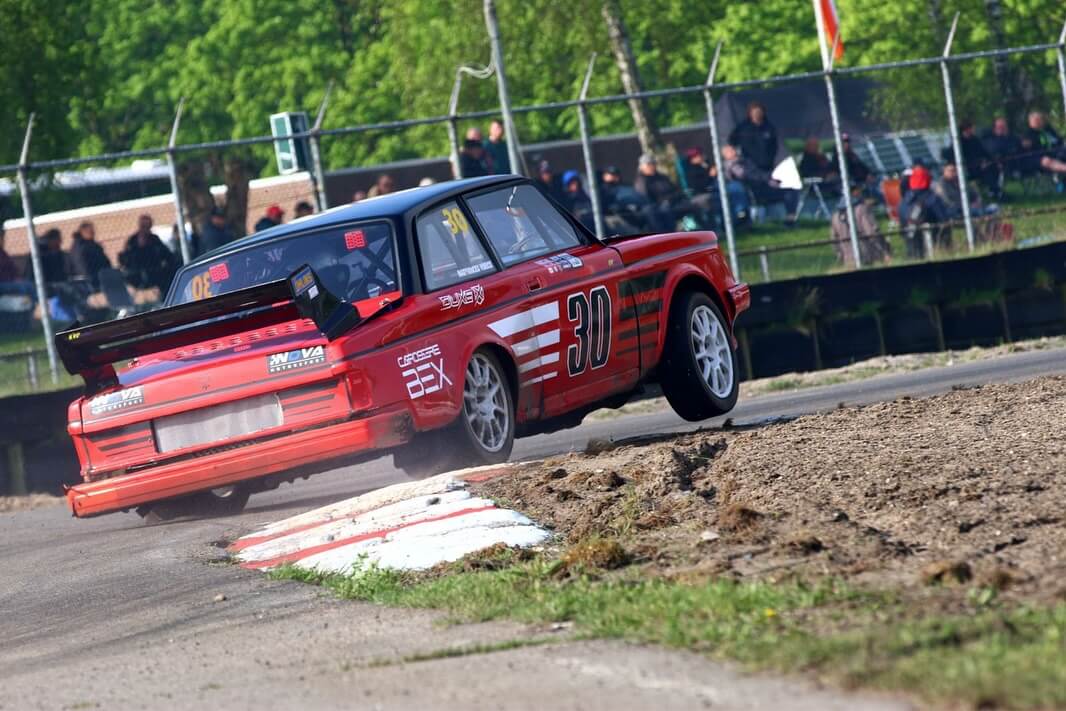
Nitrous Control
Progressive ramping, PWM control, race timer integration, fully customisable lockouts for shifting, missed shifts, wheel or clutch slip, and much more.
Sensors, Safety & Data
Data Logging
Full ECU logging of up to 250 channels, and up to 1Gb of onboard storage for comprehensive data analysis.
PDM Integration
Use CAN with our Razor PDM’s, allowing you to offlaod logic processing to the PDM, or have them report back to the ECU. Let them control things such as back up fuel pumps to keep you running through equipment failures on track or dirt.
Wideband O₂ Sensor Support
Closed-loop lambda with wideband input provides precise AFR control for maximum power and reliability under varying conditions.
Voltage & System Monitoring
Keep electricals stable for consistent fuel pump and ignition performance; set alarms/strategies for low voltage scenarios.
Engine Protection and Optimization
Cooling Fan Control
Command fans via ECU logic to maintain target temperatures during gridding, queuing, or back-to-back passes—critical for heat-soaked drag and time-attack efforts.
Altitude Compensation
Automatically adjusts fuelling/ignition for changing air density to maintain performance and safety when climbing to higher elevations.
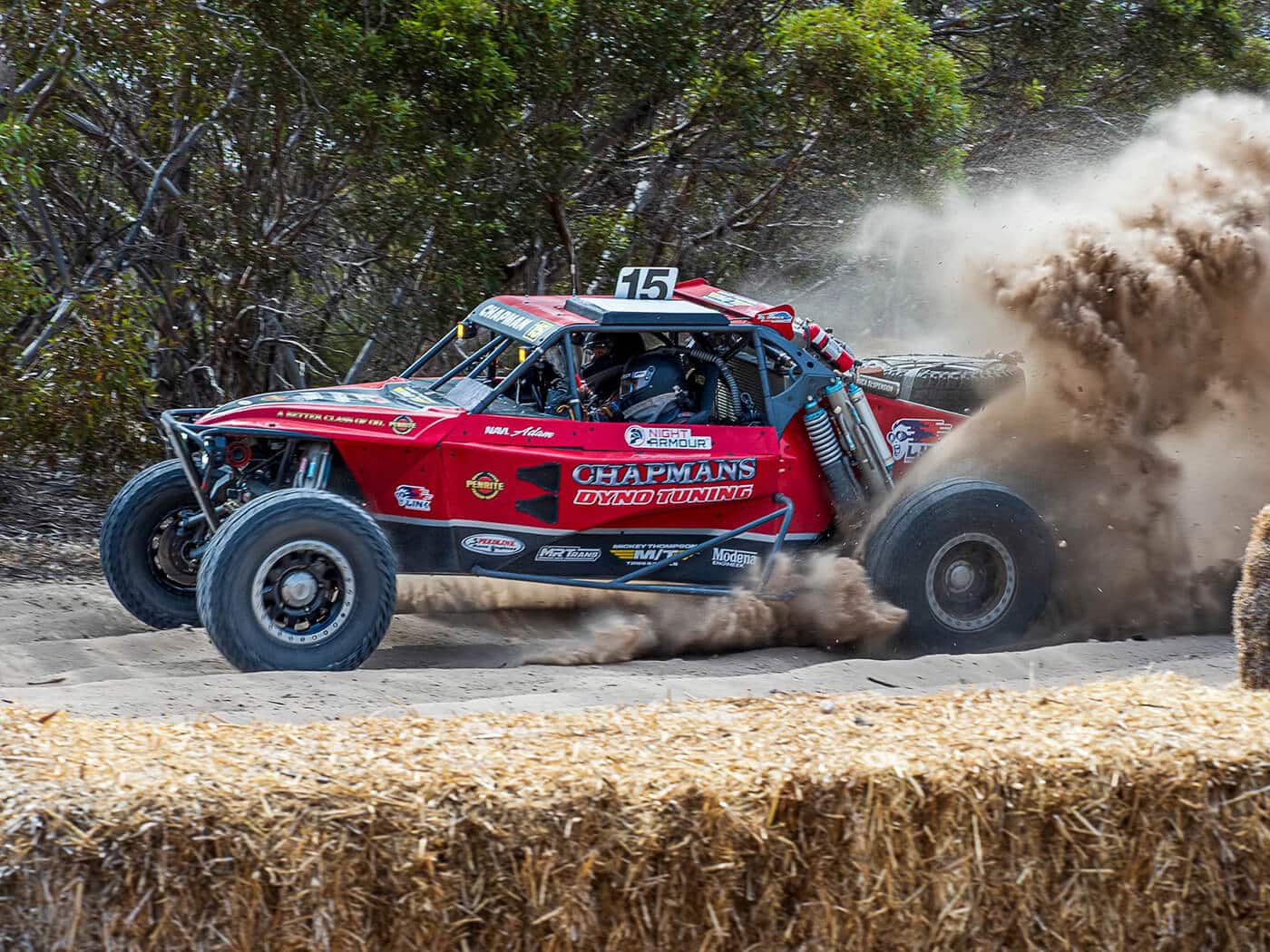
Idle Control
Stable cold-start and low-speed operation for better drivability and recovery after big electrical or cooling loads.
Individual Cylinder Tuning
Adjust fueling and ignition per cylinder to account for per cylinder differences, allowing you to get the most out of you engine and reducing risk under sustained load.
Ignition Timing Control
Fine-tune timing vs. load, RPM, AFR, and IAT to maximise torque while maintaining knock safety. Per-cylinder trims help balance combustion across cylinders for power and durability.'
Motorsport Build Stories using G5
Motorsport Build Stories using G4X

The product page of each Link ECU lists the features available to make selecting the appropriate ECU for your application easier. For more tuning advice to make the most out of these features in your car, contact an authorized Link ECU dealer.
